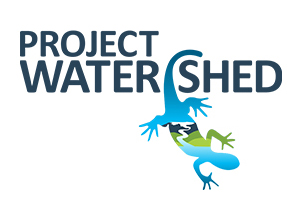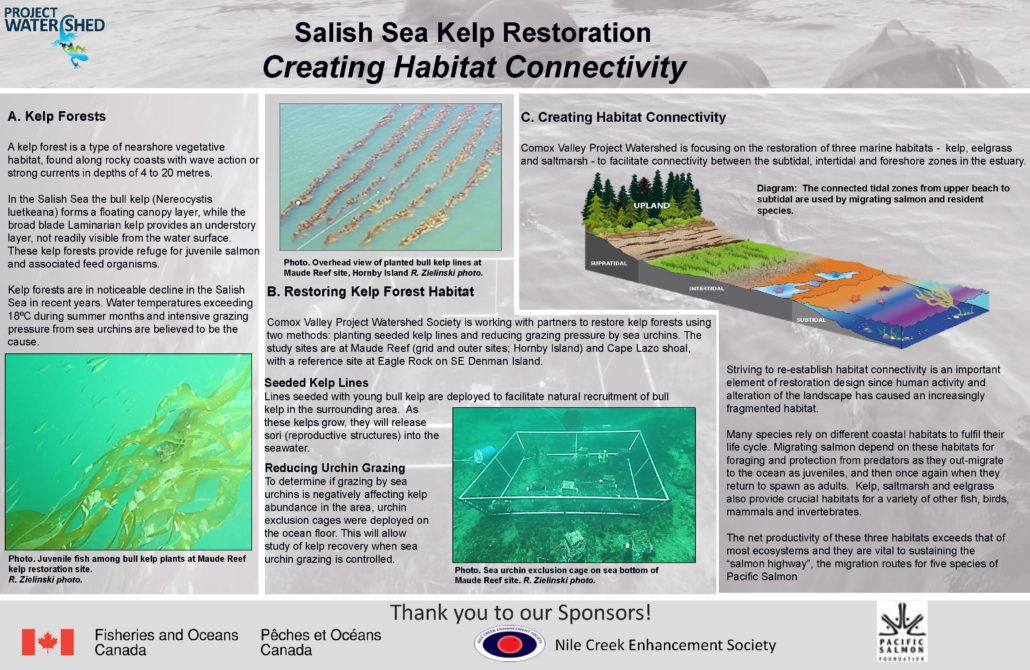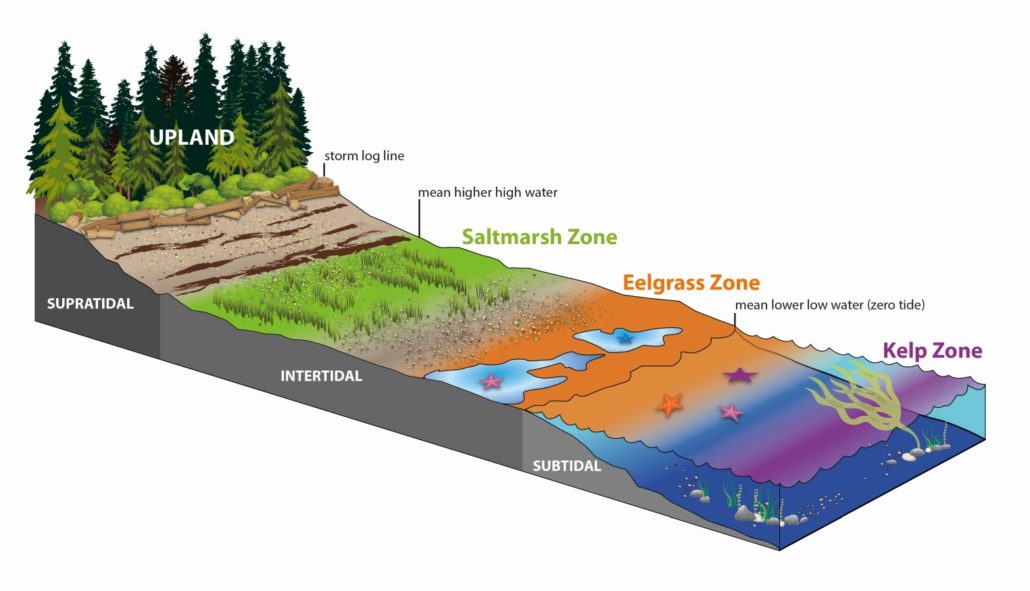Creating Habitat Connectivity
Striving to re-establish habitat connectivity is an important element of restoration design since human activity and alteration of the landscape has caused an increasingly fragmented habitat.
Many species rely on different coastal habitats to fulfil their life cycle. Migrating salmon depend on these habitats for foraging and protection from predators as they out-migrate to the ocean as juveniles, and then once again when they return to spawn as adults. Kelp, saltmarsh and eelgrass also provide crucial habitats for a variety of other fish, birds, mammals and invertebrates.
The net productivity of these three habitats exceeds that of most ecosystems and they are vital to sustaining the “salmon highway”, the migration routes for five species of Pacific Salmon
Human Resources
Related Posts
Eelgrass Update
In the fall our restoration team surveyed the three eelgrass beds which were planted with the help of our volunteers back in June. The beds are looking healthy!
Kus-kus-sum: End of Season Wrap-up
Now that we have put the Kus-kus-sum site to bed for the winter, we wanted to give you all a little update on how things progressed this season – lots happened!
Kate McKeown
Meet our new Forage Fish Technician!
Greenshores at Dyke Road Park – Reimagining a Park
On September 20 and 21, over 20 people were on site to help with planting at the Comox Valley Regional District’s (CVRD) Dyke Road Park redevelopment project.
Gartley Beach Green Shores for Homes Project
Project Watershed is teaming up with the CVRD and the Stewardship Centre for BC to do some shoreline restoration at Gartley Beach in Royston.
Fall and Winter Forage Fish Sampling
We’re gearing up for the fall/winter season of forage fish sampling!



